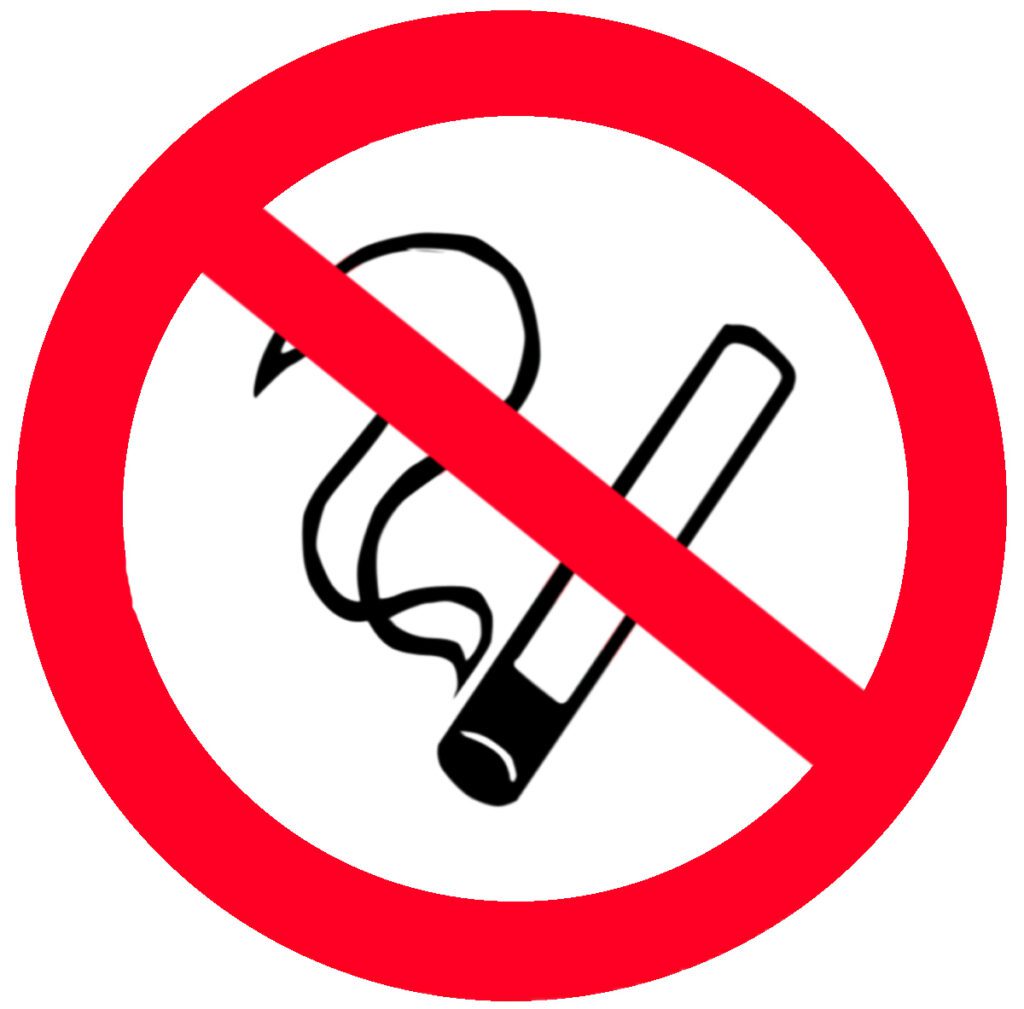18 Must-Know Myths of Nicotine Replacement Therapy
If you were not able to make it to the Polk County Medical Association Dinner Meeting on April 19, then here’s what you missed: Dr. Dennis Penzell of the Central Florida AHEC gave a presentation on “Tobacco Cessation Facts, Fiction, and Urban Legends.” Before diving into the meat of the topic, Dr. Penzell asked several questions to the attendees:
1. How many see smokers? Answer: Obviously all of us
2. How many speak w them re quitting? Answer: Most of us
3. How suggest or Rx Nicotine replacement? Answer: Many of us
4. How many utilize double nicotine replacement? Answer: Few of us
Over 400,000 people die annually as a result of tobacco related diseases. About 70 percent of cigarette smokers report that they want to quit, and over one third of them make at least one attempt each year to do so. However, less than 10 percent of smokers who attempt to quit each year are successful. Half of all people who have ever smoked cigarettes have quit successfully; however, many require multiple quit attempts before succeeding, usually five to 11 attempts.
MYTH #1
Nicotine is the harmful substance in cigarette smoke.
The MEDICAL REALITY is that it is the 6000 toxins and combustion products and the 60+ carcinogens. Nicotine is the addictive component in the cigarette. Nicotine Replacement Therapy provides nicotine to the smoker without the dangerous toxins.
MYTH #2
Nicotine’s addictive potential is the same regardless of whether nicotine is obtained through Nicotine Replacement Therapy (NRT, such as patches etc) or cigarettes.
The MEDICAL REALITY is that cigarettes are far more addictive than nicotine replacement products, due to quantity and delivery of nicotine.
MYTH #3
Smoking while using NRT can cause an acute cardiac event.
The MEDICAL REALITY is that this myth likely originated from some highly publicized case reports in the media in 1992 about individuals who had suffered heart attacks while smoking and using the patch.* A subsequent investigation found no evidence of increased toxicity among smokers using the patch.** NRT plus smoking is equivalent to smoking.
*Hwang SL,WaldholzM. Heart attacks reported in patch users still smoking. Wall St J 1992 6/19, 29.
**Rennard SI, Daughton D,Windle J. Toxicity of nicotine replacement in patients with coronary artery disease. In: Benowitz NL, editor. Nicotine Safety and Toxicity; New York, NY: Oxford University Press; 1998.p.49-53
Benowitz NL, Gourlay SG. Cardiovascular toxicity of nicotine: Implications for nicotine replacement therapy. J Am Coll Cardiol . 1997, Jun;29(7):1422-31. (Working Group: The Study of Transdermal Nicotine in Patients with Coronary Artery Disease: Arch Int Med 154 (1994), pp. 989-995)
MYTH #4
Transdermal Nicotine (NRT) may cause cardiac problems.
The MEDICAL REALITY: Arch Intern Med1994;154(9):989-95. Transdermal nicotine did not affect anginafrequency, overall cardiac symptom status, nocturnal events,arrhythmias, or episodes of ischemic ST segment depression. NRT may even reduce c.v. risk if cigarette consumption is reduced but not eliminated.
Benowitz NL, Gourlay SG J Am Coll Cardiol 1997;29:1422-31
MYTH #5
NRT shouldn’t be given to surgical patients. Indeed they should not stop smoking before their procedure.
THE MEDICAL REALITY is that the available evidence does not support a detrimental effect of NRT in surgical patients, especially when compared with the consequences of continued smoking. Pre-op cessation may be an excellent way to get a patient to stop . . .
Warner, D.O.: Anesth Analg 2005;101:481–7
